Last updated on March 17th, 2025 at 05:56 pm
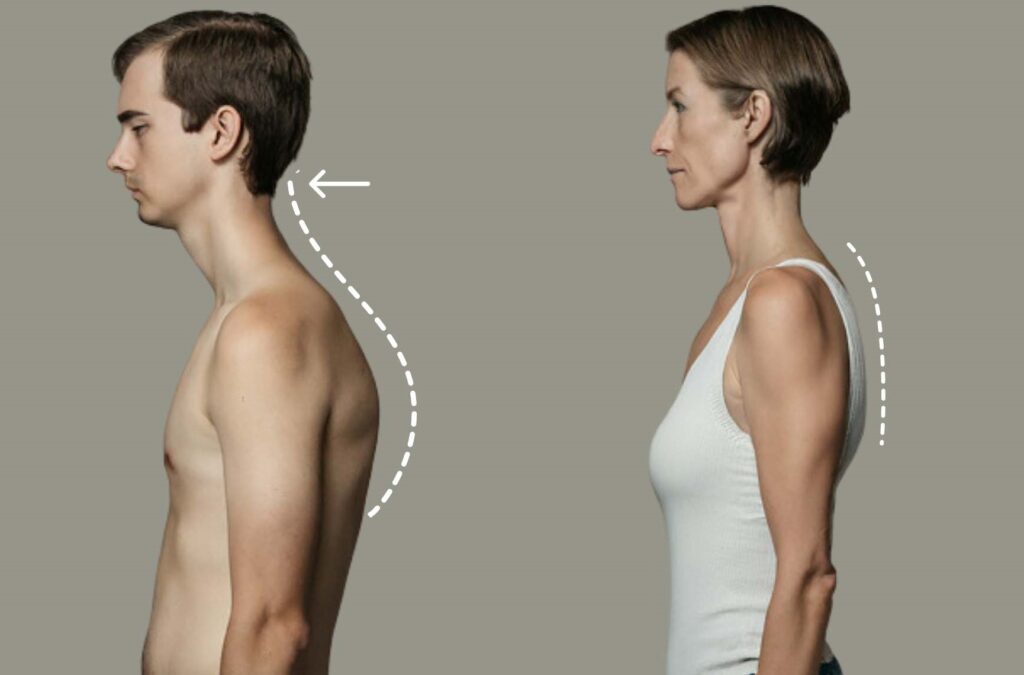
- Forward head posture is a common postural problem due to prolonged sitting, computer use, and poor posture habits.
- This condition can cause neck pain, headaches, and shoulder pain, affecting your breathing and digestion.
- Exercise is a natural and effective way to reduce the symptoms of forward head posture and improve your posture.
- The right exercises can help strengthen the muscles that support your neck and improve your range of motion.
Forward head posture is a harmful posture that can result in painful neck conditions, such as cervical spondylosis. The most effective way to fix it is by exercising. If you have a forward head posture, it’s important to address the problem as soon as possible and take corrective measures.
If you’re not aware of this bad posture, this article will guide you through what it is, how to measure it, and steps to take to cure it. But first, let’s try to understand what forward head posture is.
What is forward head posture or anterior head carriage?
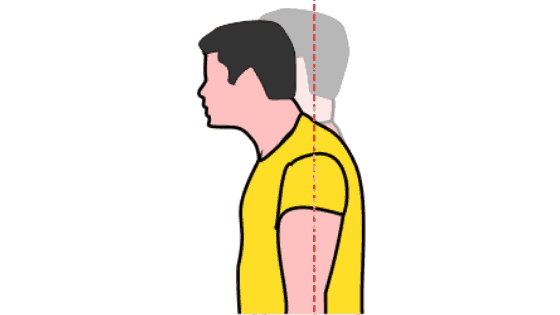
Try to observe the neck posture in the figure; his head is not aligned straight. He is bending his neck forward. This is an abnormal posture, and we call it ahead head posture. This poor posture is sometimes called a hunchback posture or curved neck.
Forward head posture looks bad, but this common postural dysfunction can lead to musculoskeletal problems, including neck pain, headache, and shoulder pain1. It is characterized by anteriorly protrusion of the head, resulting in a misalignment of the spine and the head.
But what happens in forward head posture?
Normally, our heads remain fully erect when we stand or sit straight. In a side view, it looks something like this: Observe that my shoulder lies just below my ears.
In a forward head posture, the head stoops forward, and the shoulder no longer lies below the ears. There is also a stopping at the shoulder, and the power shoulder becomes rounded.
How to measure the forward head posture
A simple wall test is one way to measure forward head posture. The procedure of the wall test involves:
- Standing against a wall with the feet shoulder-width apart, the arms at the sides, and the back, buttocks, and heels touching the wall.
- In this position, individuals should stand normally.
- The observer should then look for the back of the head and observe whether it is touching the wall.
- In a normal good posture, the back of the head should touch the wall, indicating that the head is in a neutral position and not anteriorly tilted.
- However, in forward head posture, the head will remain away from the wall, indicating that the head is protruding forward.
Cause of bad posture
The most important and the most common cause is the wrong posture. Wrong posture when working on the computer, reading books while working on mobile, etc. We bend our necks while doing all this wrong activity.
So if we adopt this wrong posture for months and years, this forward head posture becomes permanent.
What muscles are weak in forward head posture?
When someone has developed this poor posture, the muscles on the front of the neck become tight and stiff with time. And the muscles on the back of our neck become weak.
So tight muscles on the front of the neck pull the head forward in a forward head posture. The weak muscles on the back of the neck that are responsible for pulling the head erect are unable to perform their work.
The muscle on the front of the neck that becomes tight is a sternocleidomastoid muscle, and the muscles on the back of our neck that become weak are the upper trapezius muscles.
To recognise this muscle, rotate your head to the right side, and you’ll find tight muscles on the left side. I can feel it is muscles after not adopting muscles.
The most important reason for the forward head posture is the wrong posture. Wrong posture when we work on our computer, when we are reading books, or when we are working on our mobile device.
So, how do we get rid of this forward neck posture problem?
Easy exercises to correct forward head posture
#1 Check your neck posture
The first and perhaps most important thing I recommend is to check your posture and learn and practice the correct one. So whenever you are working on a computer, reading a book, or working on your mobile device, try to maintain a good posture.
Adopt the correct way of sitting on the computer to avoid bending your neck and stooping your head forward. You can read this article by going to this link.
But whenever you read a book while working on a mobile device, try not to bend your neck and keep the book or your mobile device at a level that you do not need to bend your neck.
#2 Chin tuck exercise
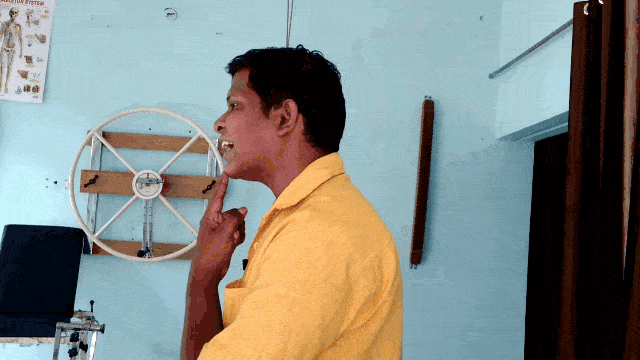
The chin tuck exercise is simple yet effective and can help correct forward head posture.
- To perform this exercise, stand up straight with your shoulders relaxed. Next, take one finger and place it on your chin.
- Now, gently move your chin backwards towards your neck while keeping your gaze straight ahead. Your finger is just there to guide you in the right direction, so you don’t need to press down on your chin.
- As you tuck your chin in, you should feel a slight stretch in the muscles at the back of your neck.
- Hold the position for a few seconds, then slowly release and return to the starting position.
- Repeat this movement 10 to 15 times in a session, taking care to move slowly and deliberately.
You can do this exercise at any time, but it’s beneficial if you spend a lot of time sitting at a desk or looking at a computer screen. Remember, this exercise aims to strengthen the muscles in your neck and upper back and help you maintain better posture throughout the day.
So, be patient and consistent in your practice, and you should start to see results in no time!
#3 Stretching exercise to fix posture permanently
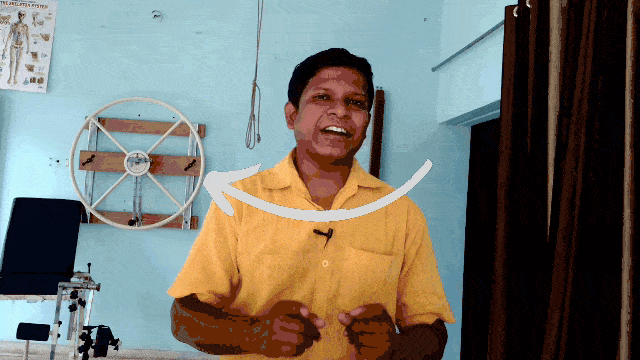
Next is the stretching exercise to correct the forward head posture, and this exercise is to stretch the sternocleidomastoid muscle. The sternocleidomastoid muscles are thick muscles on both sides of the front part of the neck.
These muscles are often tight in people with forward neck posture, which can cause discomfort, stiffness, and pain.
Stretching these muscles can help alleviate these symptoms and improve posture. To perform the sternocleidomastoid stretch, follow these steps:
- Sit or stand comfortably with your back straight and your shoulders relaxed.
- Turn your head to one side to align your chin with your shoulder. For example, if you want to stretch the left side muscles, turn your head to the right.
- Slowly tilt your head to the same side as the turn until you feel a stretch on the opposite side of your neck. For example, if you’re turning your head to the right, tilt your head to the right until you feel the left side muscles stretching.
- Place your hand on the same side as the stretch on the back of your head above the ear.
- Apply gentle pressure with your hand to increase the stretch. Hold the position for at least 30 seconds or up to a minute.
- Slowly release the pressure and return your head to the starting position.
- Repeat the exercise on the other side by turning your head in the opposite direction and placing your hand on the back of your head above the ear.
- For best results, perform the sternocleidomastoid stretch at least three times on each side in a session.
#4 Strengthening exercise to fix anterior head carriage
To strengthen the weak muscles on the back of your neck, namely the upper trapezius muscles, you can perform an exercise while lying flat on a bed or couch. Follow these steps:
- Lie down on your stomach with your arms at your sides.
- Slowly lift your shoulders off of the bed by squeezing your shoulder blades together.
- Hold this position for 2-3 seconds.
- Lower your shoulders back down to the bed.
- Repeat this exercise for 20-30 repetitions in a single session.
Other home tips
- Improved Posture: Our Adjustable Posture Corrector for women and men provides proper upper back brace, spine support, an…
- Comfortable Support: The back brace is made with soft and comfortable materials to provide comfortable shoulder support,…
- Invisible Under Clothes: This posture corrector back support can be worn under the clothes. It is undetectable and very …
In addition to exercises, I recommend regularly using a posture corrector brace. These are easy to use and can be donned inside the cloth making them easy to wear even in your office.
Exercises are important for forward head posture, but I would again stress adopting the correct posture. This is because if you do exercises to correct the posture and, on the other hand, overlook the wrong posture, then the problem is sure to reoccur. Also, watch the video on how to get rid of forward head posture.
The author is a physiotherapist who has been practising for the last 17 years. He holds a Bachelor's in Physiotherapy (BPT) from SVNIRTAR (Swami Vivekananda National Institute of Rehabilitation and Research), one of the prestigious physiotherapy schools in India.
Whatever he learns dealing with his patient, he shares it with the world through blogs and e-books. He also owns a YouTube channel, "Sunit Physiotherapist" with over 8 lakh active subscribers. Here, he shares everything he gets to learn serving the patient.

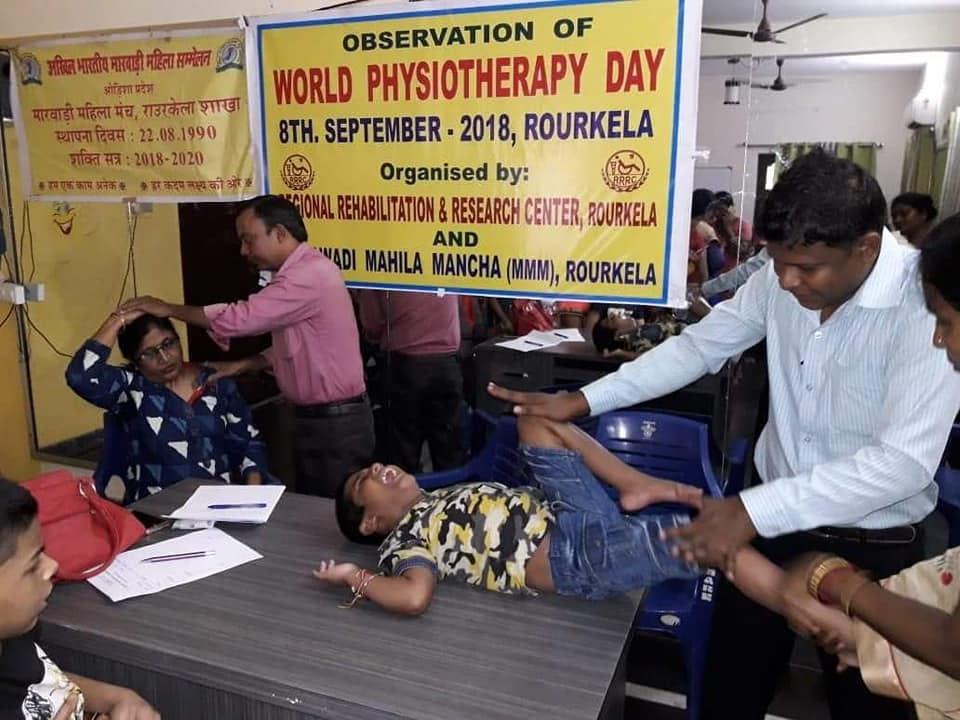

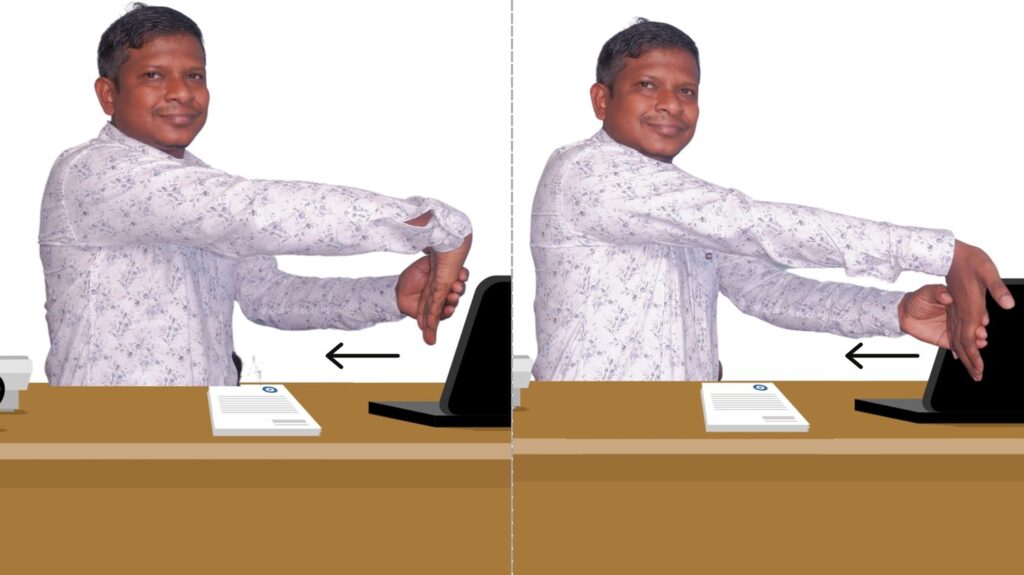


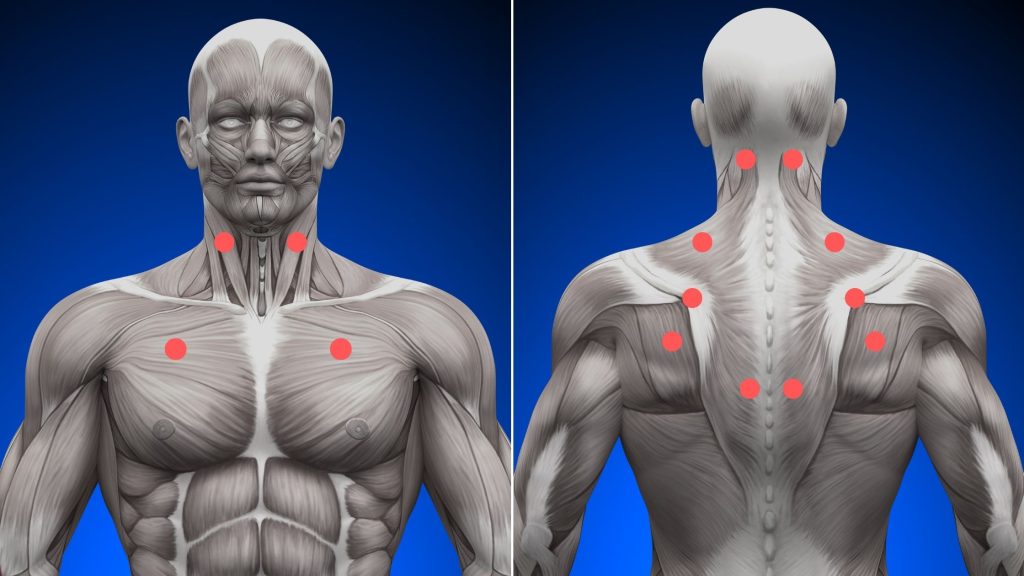
Pingback: What is Spondylosis Cervical? 6 Easy Exercises for Quick Relief - Physiosunit
Pingback: 4 Causes of Neck Pain Left Side| Best Home Remedies - Physiosunit
Pingback: 9 Best Knee Rheumatoid Arthritis Exercises for Stiffness, Pain : Physiosunit
Pingback: घुटनों मे रूमेटाइड अर्थराइटिस दर्द, अकड़न के लिए 9 सर्वश्रेष्ठ व्यायाम : Physiosunit
Pingback: 9 कठोरता, दर्द के लिए सर्वश्रेष्ठ घुटने रुमेटी गठिया व्यायाम : Physiosunit
Pingback: 11 Ulitmate Ankylosing Spondylitis Exercises and Home Tips : Physiosunit
Pingback: 6 Best Cervical Spondylosis Exercise for quick relief : Physiosunit